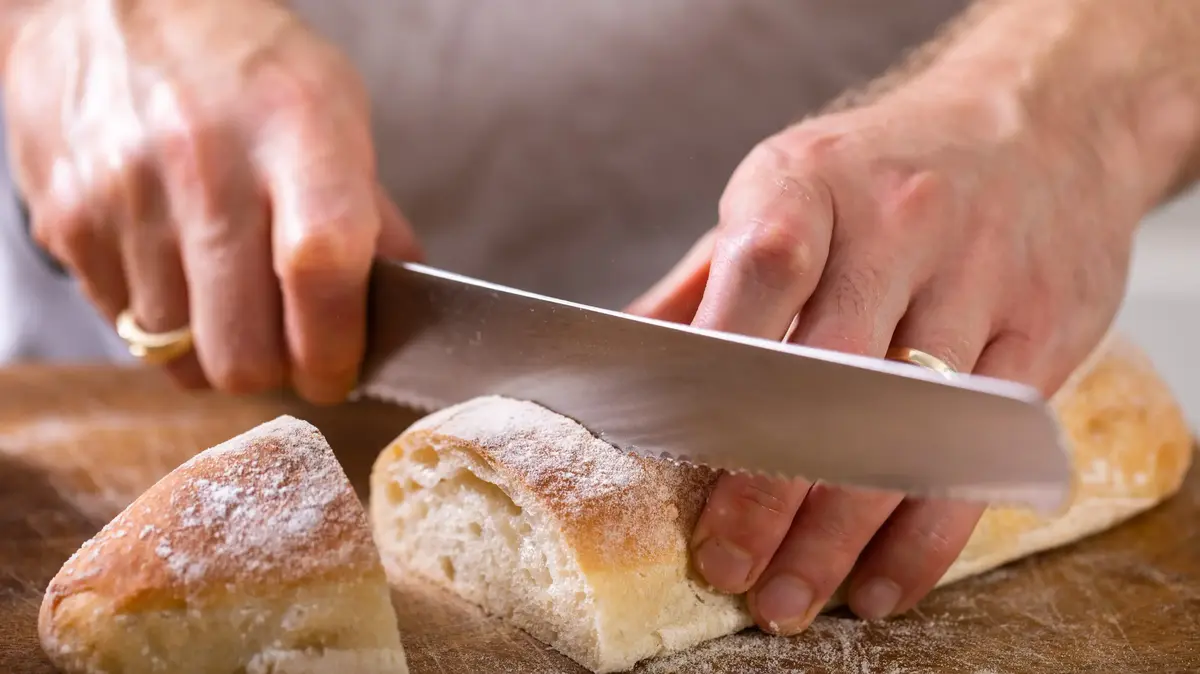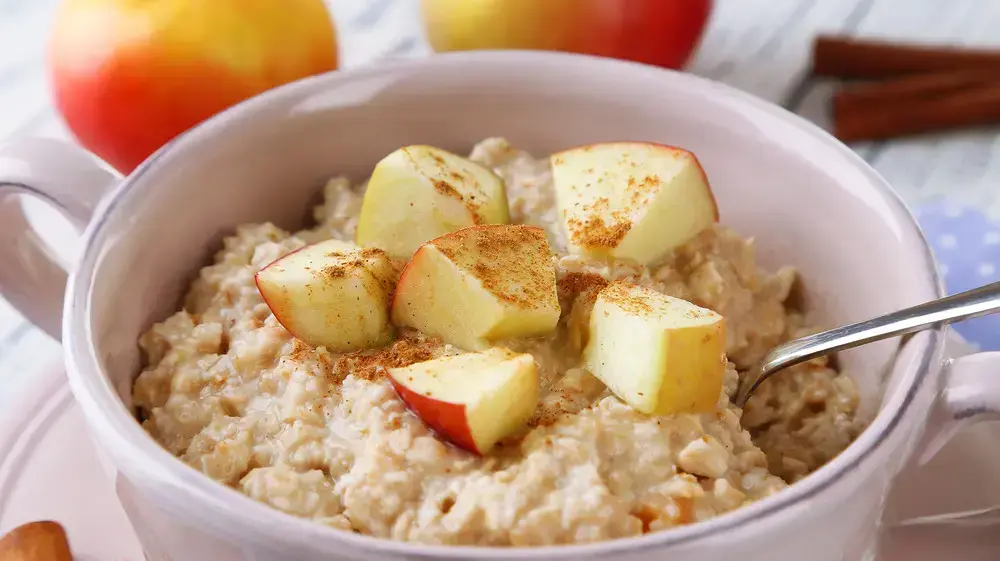How to revive dry bread?
(lady.lolas/Instagram)
In recent years, bread has been considered the enemy of nutrition, whether on a diet or even for people who are just trying to save.
But is the attempt to avoid bread of all types necessary or is it simply an unsupported nutritional trend?
The difficulty of choosing the right bread is increasing and the problem is even more difficult when we go to the bakery or the supermarket and come across a huge variety of breads, such as rye, spelled, flax, caraway, cereals, sunflower or simply wholemeal bread.
Alongside this, the many publications about breads that are "more nutritious", "healthier" and "more satisfying", confuse the already confused customers.
So here is a bit of an order between all the terms you hear - starting with sourdough bread, through wholemeal flour and ending with "light" bread.
Why is it better to eat wholemeal bread?
Wholemeal flour is flour that has been ground from all parts of the wheat grain, including its husk (the bran) and the germ.
The sprout is rich in vitamins and minerals such as magnesium, zinc and iron, while the peel is rich in dietary fiber.
The dietary fibers are known to help the digestive process, may prevent colon cancer, contribute to a feeling of satiety and also help balance sugar levels in diabetics.
In fact, there are studies that show that eating wholemeal products and wholemeal rice as opposed to white, may prevent or delay the onset of diabetes.
The different grains have different nutritional qualities.
Breads (Photo: ShutterStock)
What is the difference between bread made from regular wheat flour and dark wheat flour?
The white flour is flour that is ground from a grain of wheat without the germ and the husk and we actually only get the starch which is the relatively simple carbohydrate, without any nutritional value.
The uniform bread or bread made from dark flour is also ground from the wheat kernel and a little of the husk and the sprout have been added to it, so its nutritional value is only slightly better than the white bread.
Bread made from wholemeal flour can be ground from different types of grains such as wheat kernels, rye kernels, sesame kernels, etc.
In order to get the highest nutritional value of the kernel, it is advisable to look for the note in the list of ingredients: wholemeal flour milled from the whole kernel.
In this way we make sure that the milling preserves traditional processes and minimal processing of the flour.
The different grains have different nutritional qualities and it is good to diversify the types of bread we choose and eat.
More in Walla!
The old way: how to eat bread in the best way?
To the full article
What is "light" bread and is it less fattening than regular bread?
"Light" bread is bread in which the caloric values per 100 g of bread are about 170-190 kcal compared to 220-250 kcal per 100 g of regular bread.
The light bread is airier and usually richer in the gluten protein (by adding yeast and water).
There are light breads made from wholemeal flour and some made from white flour.
Some people find the light bread less satisfying, so they eat a larger amount and then don't save on calories.
Low-carb breads made from flours derived from flax or almonds can be found in stores today.
These breads are mainly suitable for people trying to reduce the amount of carbohydrates in their diet.
Which bread is really good for us?
Not all brown breads are made from whole wheat.
The brown color is sometimes achieved by adding caramel.
It is worthwhile to purchase bread that we have information about the nutritional components in it.
For bread to be considered wholemeal bread it must contain over 50% wholemeal flours.
The amount of dietary fiber also teaches us about the quality of the bread: it is worth reading the amount of dietary fiber: per 100 g of bread: about 9-10 g of fiber per 100 g of bread and above is a good amount of fiber.
(in the uniform bread about 4-5 g).
Sometimes the wholemeal breads contain additions such as nuts, sunflower seeds and more that contain vegetable fat.
This fat is indeed healthier, but it increases the caloric value of the bread.
Supplements that contain healthy fat, but increase the amount of calories.
Buns (Photo: ShutterStock)
In what other products can you find wholemeal flour?
Today you can find wholemeal flours, wholemeal pastas, crackers, pita bread, breakfast cereals, wholemeal couscous.
You should definitely add these products to your daily menu.
You can also purchase different types of wholemeal flour for making homemade breads.
Note that sometimes in processed foods the additions of salt, fat, flavorings and salt obscure the nutritional quality of the flour itself.
Whole wheat challah recipe in Vala!
Food
What is sourdough bread?
Sourdough is a mixture created by the joint activity of wild yeasts and bacteria of the acidophilus type (good bacteria for our digestive system).
It consists of flour and water and its purpose is to make the dough rise.
The difference between industrialized yeast in normal bread and sourdough bread is the amount of yeast and the effect on the digestive system, when swelling by sourdough has a beneficial effect on phenomena such as gas bloating or pain in the digestive system.
It is usually customary to grow sourdough from a ready-made base mixture.
Michal Sukman is a clinical dietician at Maccabi Health Services
health
Nutrition and diet
Preventive nutrition
Tags
bread
Whole wheat flour
breads
diet









